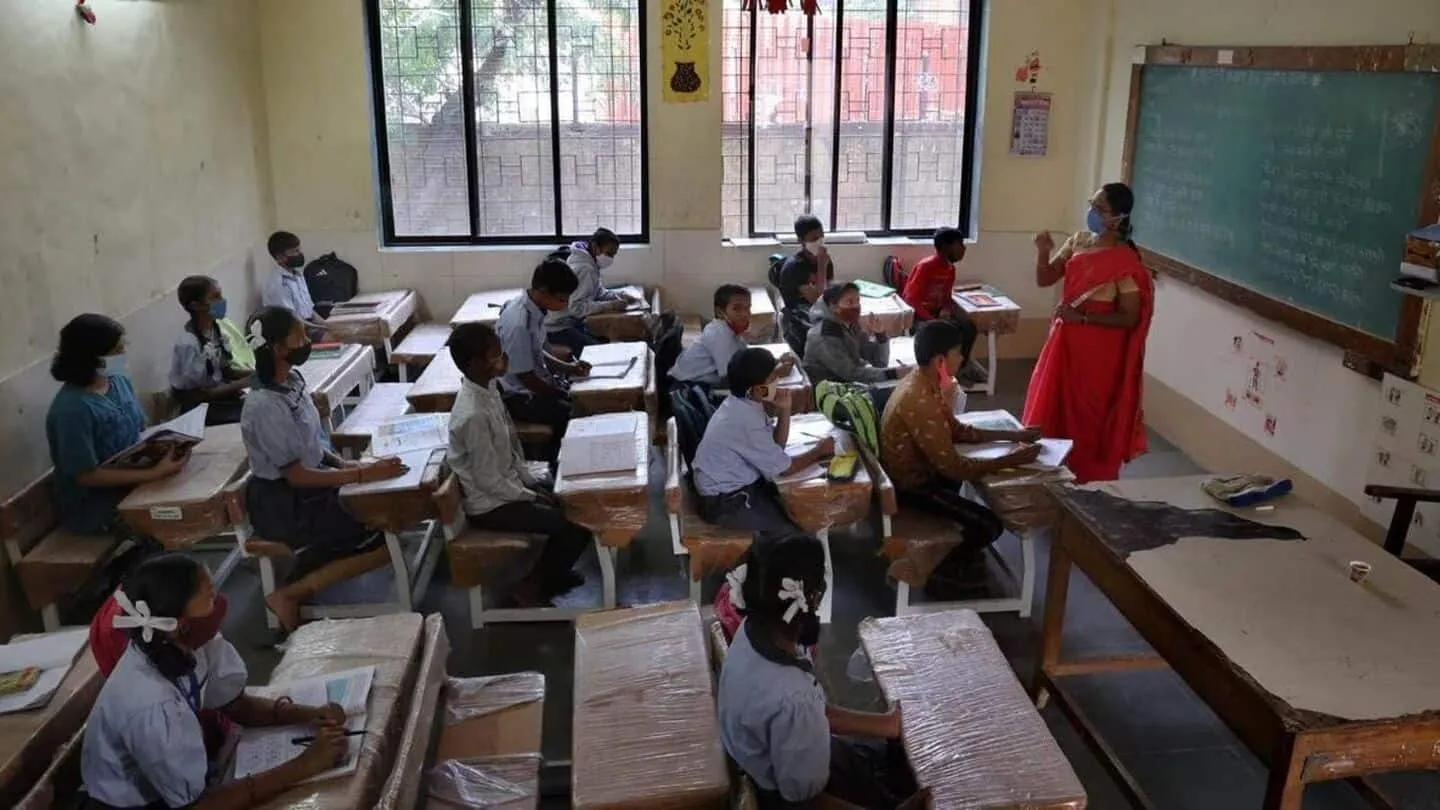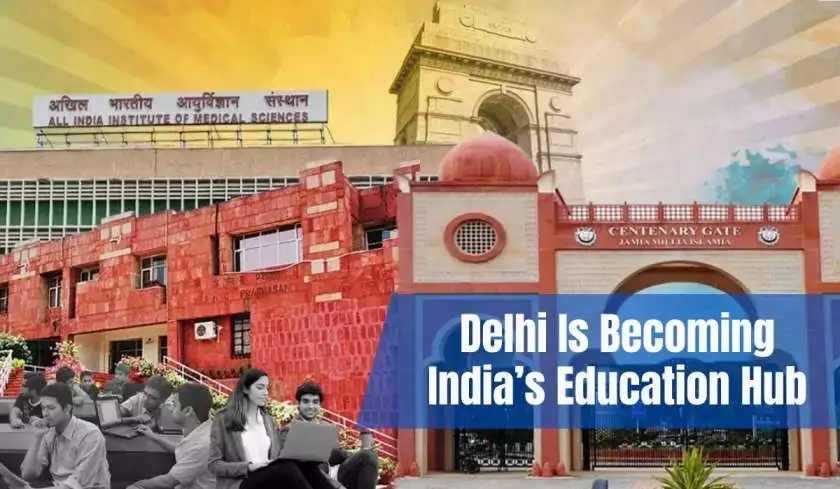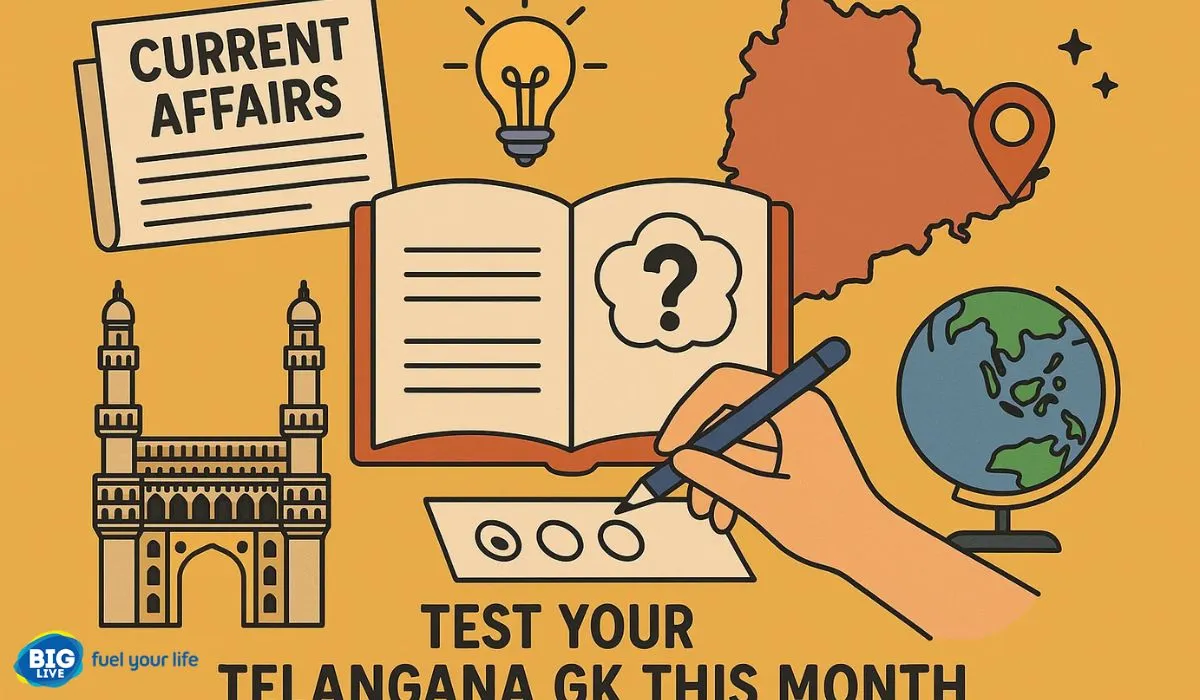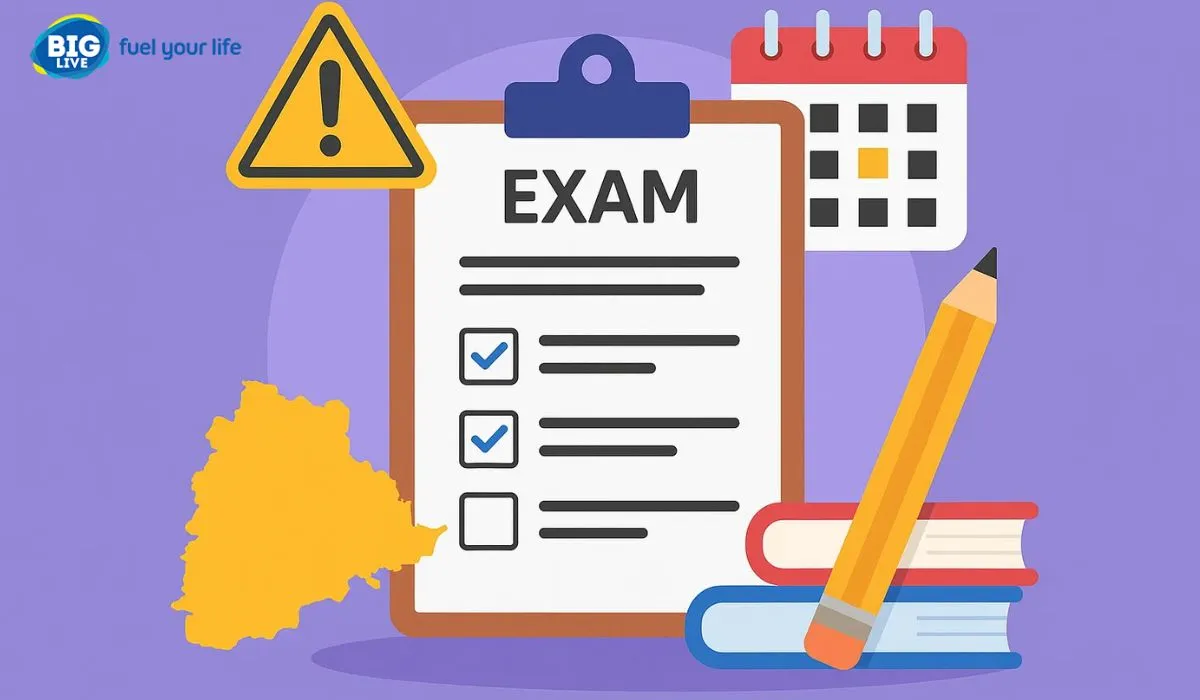Maharashtra government's new three language policy has sparked statewide debate. Educational reformers praised it, while regional political and cultural groups criticized it.
The state board schools will have students in Classes I to V study Marathi, English, and a third language. This will generally be Hindi. The policy is part of the state’s implementation of the National Education Policy (NEP) 2020. It will be rolled out gradually starting in the 2025–26 academic year.
The government says the new system will enhance students' language skills. It will also boost national competitiveness. The critics claim the policy indirectly imposes Hindi in a Marathi-speaking state.
Unity or Division? Maharashtra’s Three-Language Rule Under Fire
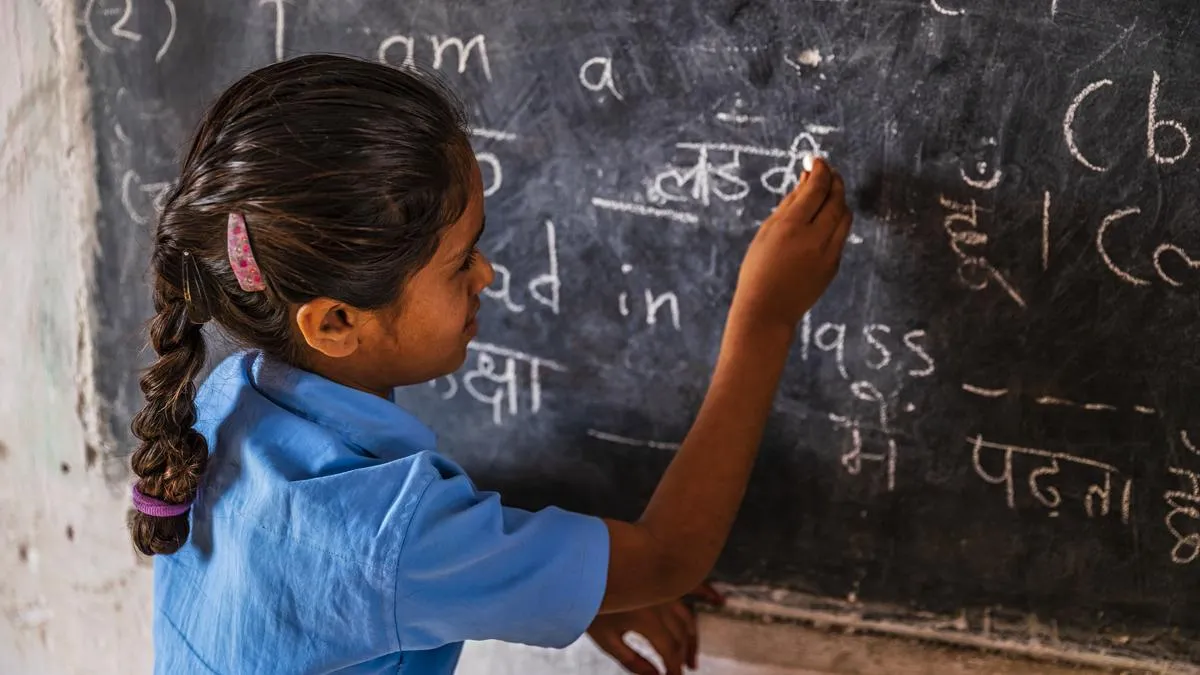
On April 16, 2025, Maharashtra’s Education Department issued a Government Resolution (GR). This introduced Hindi as the third language for students from Class I onward. It will be implemented in all state board schools, as mandated by NEP 2020. The new curriculum was set to begin with Class I in 2025 and extend to other grades in phases over the next three years.
However, amid rising opposition, the government revised the GR on June 18. It clarified that Hindi would be the default third language, but not mandatory. Students can opt for another Indian language—such as Sanskrit, Urdu, Kannada, or Telugu. This will be provided if at least 20 students in a school request it. Otherwise, Hindi will be taught. For other languages online classes will be offered.
Despite the amendment, opposition leaders and language activists have rejected the revised order. They are calling it a "cosmetic change" that still makes Hindi unavoidable in most schools.
According to the state government follows the three-language formula will meet NEP 2020 guidelines. NEP promotes multilingual learning. It promotes cognitive growth, national unity, and student movement in India.
Education Minister Dada Bhuse defended the decision as a step to ensure to keep Maharashtra students are not left behind. . Knowledge of Hindi will help them access more educational resources. This will open more opportunities at the national level.”
Chief Minister Devendra Fadnavis stressed Marathi will be the primary language. He also said tha English will be continued as a compulsory subject. “The aim is not to replace Marathi, but to equip our children for the future,” he said in a public address.
The policy also attempts to standardize language learning across schools. These schools previously lacked uniformity in their language offerings.
The revised policy applies to all state board schools in Maharashtra. It covers both Marathi and English-medium—run by public or private managements. It does not apply to central board institutions such as CBSE or ICSE schools. These schools already follow the three-language formula.
School parents, teachers, and local administrators are facing policy's practicality challenges. Many schools are unsure how to implement online classes for third languages. The language teacher shortages are a growing concern.
The move has sparked fierce opposition. It is opposed especially from Marathi language advocates and regional political parties. Raj Thackeray, leader of the Maharashtra Navnirman Sena (MNS), has accused the state government of “sneaking in Hindi under the guise of educational reform.”
“The government is playing with the cultural identity of Maharashtra" said Thackrey. Thackeray warned to launch street protests if rollback doesn't happen
Harshvardhan Sapkal, Maharashtra Congress chief echoed concerns about policy imposing Hindi. He called it “a backdoor attempt to impose Hindi.”
The Konkan Marathi Sahitya Parishad issued a statement on June 24. They criticized the policy as unfair, especially for young children. The Parishad urged government to prioritize resources and teacher training.
How the Policy Will Be Implemented?
The three-language structure will follow a phased implementation:
2025–26: Class I
2026–27: Classes II–IV and VI
2027–28: Classes V, IX, and XI
2028–29: Classes VIII, X, and XII
The State Council of Educational Research and Training (SCERT) and Balbharati will supervise curriculum development.. They will also look after textbook updates. Teacher training initiatives are also underway. The target is to train 80% of teachers in NEP-aligned teaching practices by March 2026.
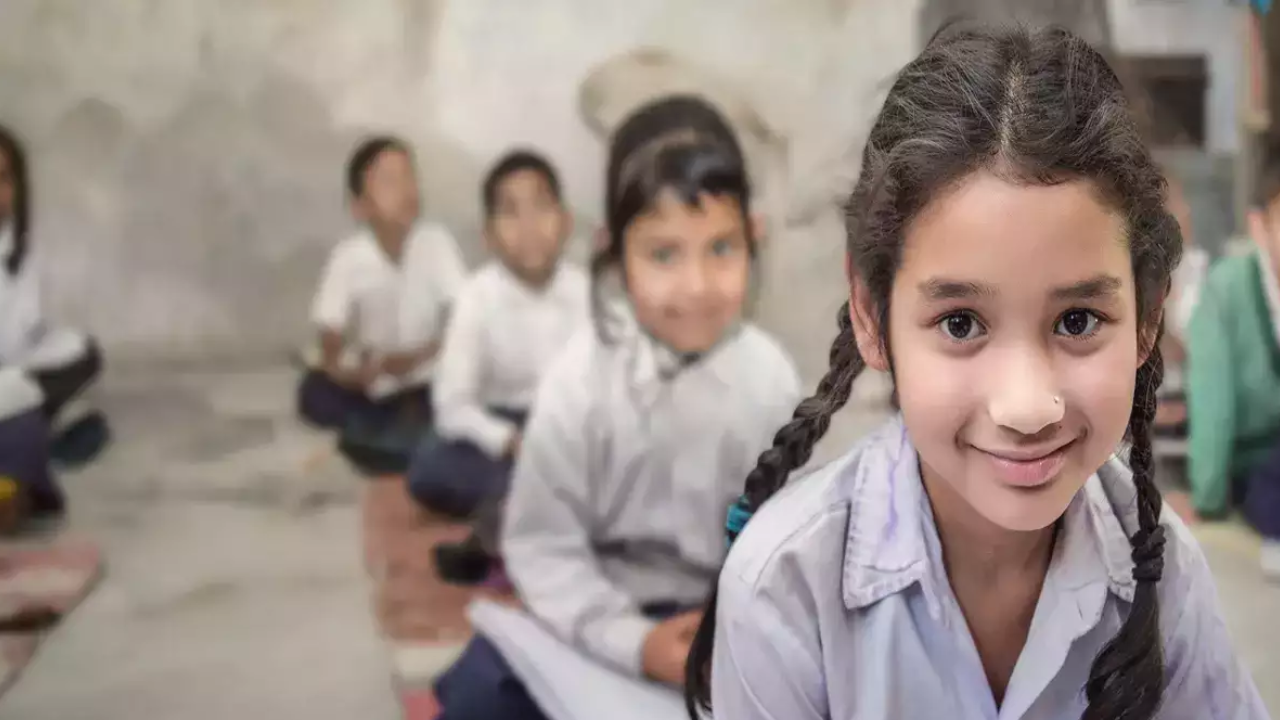
However, challenges remain. Educationist Vasant Kalpande pointed out the lack of clarity regarding language teacher recruitment. He also raised concerns about offline classes for alternative languages. "Expecting small schools to offer multiple third-language options is impractical”, he said.
The 20-student limit hinders language choice beyond Hindi. Critics say this makes Hindi practically the compulsory language.
Responses from parents have been mixed. Some urban parents welcome the policy. They say it offers children more language exposure. It may help them in future competitive exams. However, others are concerned about the academic burden placed on young learners.
“I’m already struggling to help my daughter with English and Marathi. Adding Hindi from Class I is too much,” said Smita Kulkarni, a parent from Pune.
The government has said it will monitor the implementation closely. It will issue further clarifications if needed. Protests and campaigns continue amid brewing controversy.
Legal challenges are also likely. Many educational NGOs are hinting to file a PIL in the High Court.
Meanwhile, schools across the state are preparing for the new academic session. Many are conducting internal surveys to assess which third-language options students prefer. It will also check whether they meet the 20-student threshold.
This attempt by Maharashtra Government has reopened deep-rooted debates. The attempt to align its education policy with national standards. It has raised debates about language, identity, and federalism. The government sees the policy as a step towards modernisation. It is a step towards national unity. The critics see it as an act of cultural sidelining.
As the academic year begins, the success of the policy will hinge on. We will see how inclusively and practically it is implemented.



